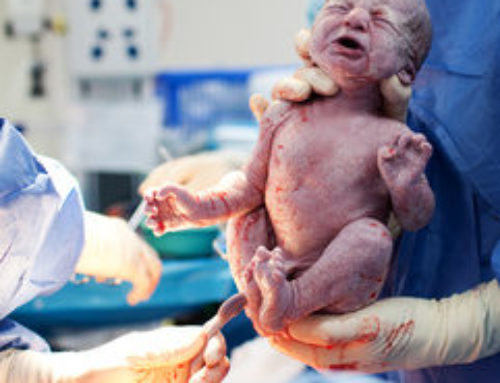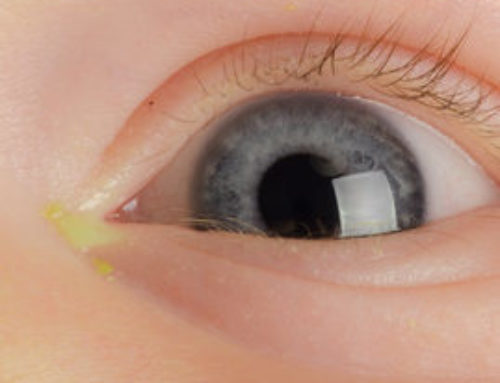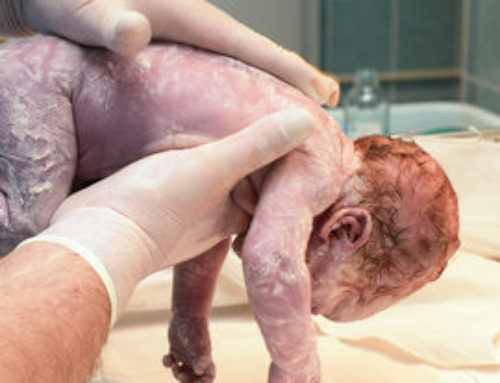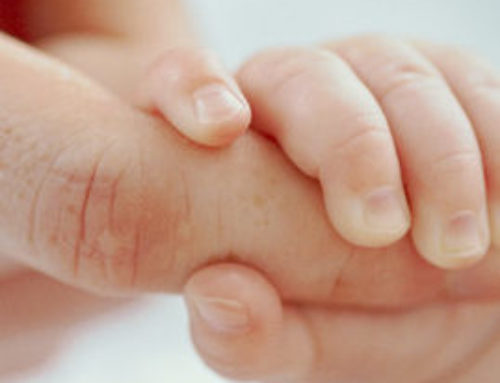Developmental Dysplasia of the hips (‘clicky’ hips)
What is Developmental dysplasia of the hips?
Developmental dysplasia of the hips (DDH) formerly known as congenital dislocation of the hips (CDH) and also called ‘clicky’ hips, is a condition that is present from birth. Research has shown that this condition can run in families. Therefore, if a mother has suffered from this condition as a child, she is more likely to give birth to a baby who also has it. Studies have shown that DDH is more likely amongst first born babies and also amongst female, rather than male infants. The condition also has a tendency to be found more commonly in the left rather than the right hip. It can, however, affect both hip joints.
DDH has been found to occur in approximately 1:1000 births. It is not a life-threatening condition however immediate treatment is recommended to prevent further problems from developing in the longer term. Where treatment is started early on this has proved very successful; where treatment is delayed, the problems with the hips can become more complex.
Understanding the hip joint
The hip joint is known as a ‘ball and socket’ joint. It comprises the top of the leg (also called the neck of the femur) which is shaped like a ball and sits snugly within a cup-shaped socket; this structure is also known as the acetabulum.
What causes this condition?
Sometimes, as the baby develops in the uterus (womb) the cup-shaped socket of the baby’s hip may not develop properly. This can result in the socket being either too shallow or too small, which then allows the neck of the femur to slide freely in and out of its socket. Similarly, the neck of the femur may not have developed properly, which, again, can lead to the bone slipping easily out of the joint.
In some cases, the ligaments and muscles surrounding the hip joint don’t develop properly and are weak and loosely attached to the bony structures of the joint. This can prevent the baby’s hip joint from remaining in its correct position. This condition may be mild where the neck of the femur moves slightly out of position (called subluxation), or it can be more severe where the top of the femur is able to move completely out of the socket (called dislocation).
How will I know my baby has DDH?
Within 72 hours of their birth, your baby will have been checked by a doctor (paediatrician) or a midwife (who has received additional training to perform the ‘first examination of the newborn’). During this examination your baby’s hips will be checked to exclude DDH. When examining your baby’s hips, the paediatrician/midwife will look at your baby’s legs, their length and position. If one of the baby’s hips is dislocated this may be apparent by the naturally occurring skin folds on your baby’s legs being of unequal height. Similarly, one leg may appear shorter than the other.
The paediatrician/midwife will carefully hold your baby’s bent legs, one at a time, and will move the leg in a forwards and backwards movement. This movement checks to see whether the ball joint of the hip is dislocatable. If your baby has DDH, the ball will move easily in and out of the socket with minimal pressure being applied. Each leg in turn, will be moved outwards and round in a semi-circular movement to check if it is already dislocated. If this is the case, a ‘clunk’ sound can be heard where the neck of the femur pops back into the socket. This procedure does not hurt babies, as this range of movement is perfectly normal to them. Some babies will even sleep throughout the examination; however, others will find it a little uncomfortable and may protest rather loudly!
If your baby was in the breech position (bottom first) at birth or there is a strong family history of hip dislocation, an ultrasound scan of your baby’s hips should be performed. This scan looks carefully at the socket joint and the head of the femur to ensure they have both developed properly and are the correct size and shape. This more detailed check will be performed even if the initial check by the paediatrician/midwife appears to be completely normal.
Treatment of DDH
If DDH is diagnosed your baby will need to wear a special harness called a Pavlik harness. This harness positions and holds the baby’s hips so their legs lie apart and are facing outwards (rather like frog’s legs!). The Pavlik harness allows the baby to have some movement, but prevents the baby from straightening their legs. Wearing the harness allows the baby’s hips to remain firmly in their sockets, and allows the structures of the hip joint to grow and become more stable.
The harness is usually worn full-time for six weeks’, followed by six weeks’ of part-time wearing. Ultrasound scans will be performed periodically on your baby’s hips throughout, to ensure their hip(s) are developing as they should be. This method of treatment has a 95 per cent success rate.
However, if this method of treatment is not successful your baby may need some surgical intervention. This means that your baby is given a general anaesthetic and while they are asleep, the doctor carefully places their hip(s) into the correct position. A plaster cast (just like the ones used for healing broken bones) is applied and this prevents the baby’s hip joint(s) from moving. A more detailed scan is then performed to ensure that the hip joint is being supported in the correct position.
What is the success rate of treatment?
Where babies diagnosed with DDH are treated early on, there is a strong likelihood that most will have no further problems with their hips. However, their hips will be x-rayed regularly throughout their childhood to make sure that the bones and ligaments are developing as they should be.
Should your baby be diagnosed with DDH, it is important that you talk through any queries or concerns you have with your midwife, health visitor or paediatrician. They will be able to offer any advice and support that you need.










